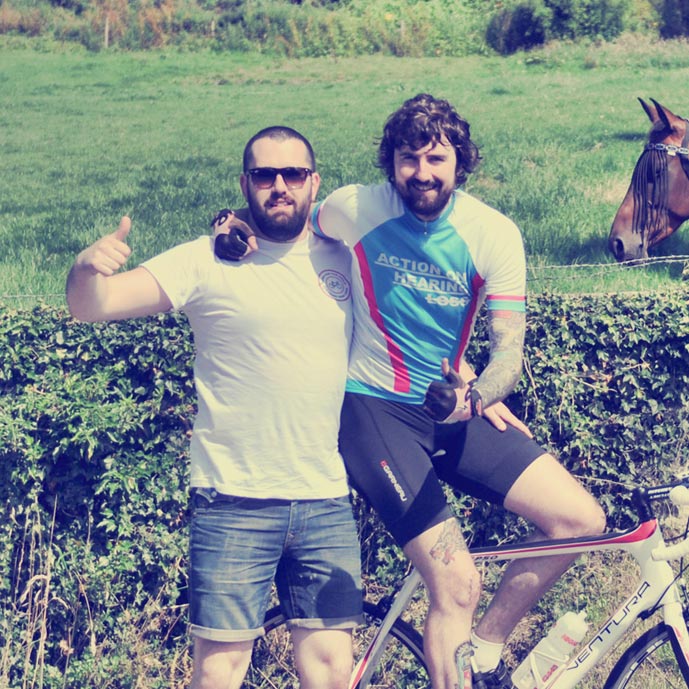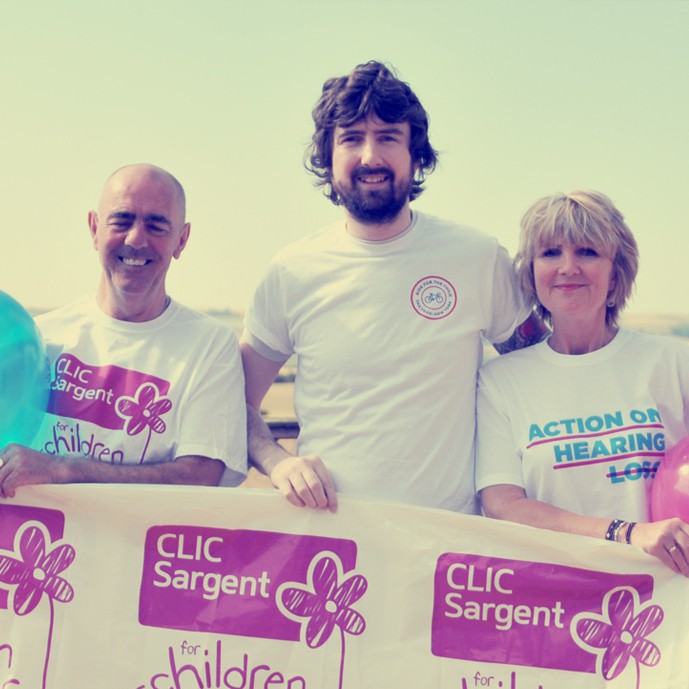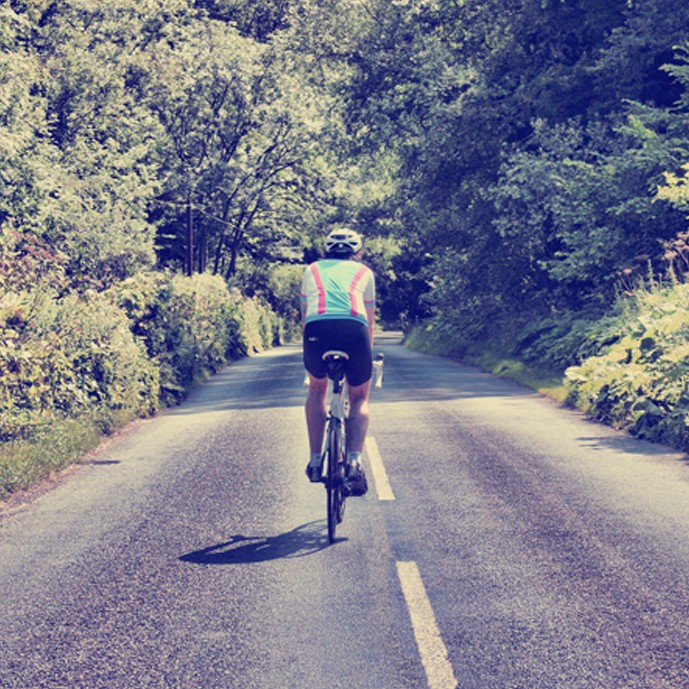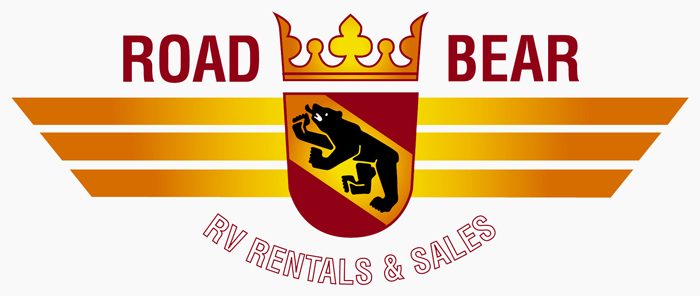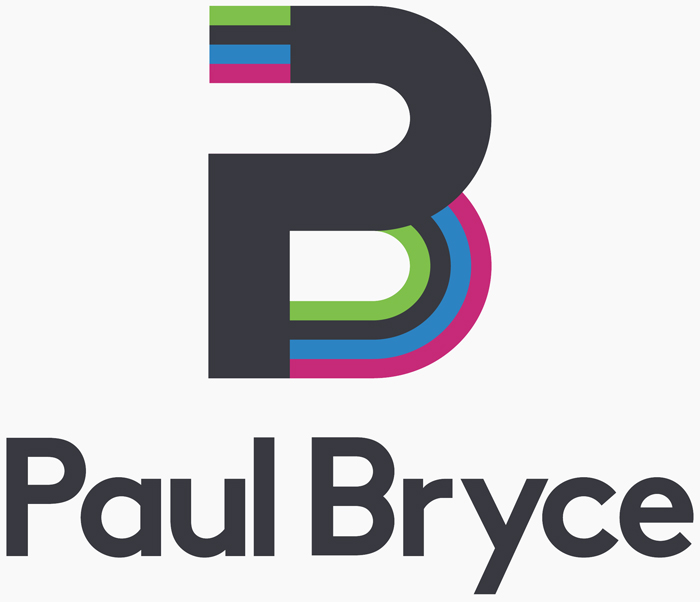April 14, 2016
Last week my friend started road cycling and he asked me what essentials he needed. My initial thoughts were “not much really”, but as I started to list the essentials they became more and more extensive. It begged the question – what do we actually NEED as opposed to just want.
In this post I’m going to outline the items which are essential and other stuff that is optional but makes things easier/more fun/better/convenient.
Obviously the reasons for starting cycling will vary massively so I’m writing about a typical road cyclist who might do multiple hour rides, not just someone who wants a ride to the local shop for the milk.
The essentials
A bike – It goes without saying you need a bike. Generally speaking the more you pay the better the bike. You can get a decent bike for £400-500 and you will be able to ride it fine but it probably won’t look as good, or be as lightweight as a more expensive bike. Carbon bikes are generally £1000+ and they’re significantly lighter than an aluminum or steel one. You might ask it’s only a bit heavier, does it matter? Well, like everything it depends on your requirements, but from my experience I would much rather ride a carbon bike uphill (or anywhere for that matter) than a steel one. With regards to the other components I could go on forever but I will say (generally speaking again) the more expensive the item the better/nicer/smoother/easier/faster it will be to ride.
A helmet – Massively important piece of kit that could well save your life. Don’t go out without a helmet regardless of how annoying or silly it looks.
Lycra Shorts – When I first got my bike I went out in some normal football shorts and it ripped my bits and bum to shreds. Lycra is renowned for being breathable with moisture wicking properties and offering a comfortable tight fit. In addition they have pads, known as a chamois, which gives you a little comfort in the saddle. Trust me a four hour numb bum is not pleasant.
Lycra top – This gives you the ability to wick sweat away from the skin, meaning you won’t smell as much. If you wear a cotton T-shirt it’s just going to totally stick to – and irritate – your skin. They’re comfortable and don’t flap about when you’re cruising at 40mph downhill. Another plus are the pockets, if you’ve swapped your jeans for lycra shorts then you’re pocketless!
Pedals, cleats and shoes – Been thinking hard about this one, does one really need to be fixed to their bike? I think if you want to cycle properly then yes you do. Why? Well to me they feel safer, I’m fixed to my bike and my feet aren’t going to come flying off when I hit a bump. You pull up as well as push down each time you pedal, it makes a massive difference. They’re also made to go round and round thousands of times, potential problems could arise from flat pedals or fact you’re peddling in your trainers. Bad parts include they take some getting used to (I have fallen off a few times, mainly at traffic lights) and they’re awkward to walk in when off the bike.
Gloves – Again it’s tricky, are these really needed? They prevent friction between your hands and handlebars, prevents blisters and such. In addition, they dampen the vibrations which causes the hands to numb. However the biggest reason for me is to keep my hands warm. Admittedly I am a weak man with cold hands – once they’re cold I can’t ride well.
Jacket – Unless you’re cold blooded I would highly recommend a jacket. Whilst it might feel/look quite warm out, once you’re riding into constant wind things can quickly change. Add some rain and descents to the mix and it’s freezing. A windproof and waterproof jacket is essential for me. If I get my lycra top wet then I’ve had it, I will never get warm again. The worst is being wet and the wind blowing hard, it emulates standing in a freezer.
Spares – It doesn’t happen often but you have to prepare for the inevitable breakdown! You’re going to need some inner-tubes and tyre-levers and also some for air to inflate. You can either have a traditional pump or I used compressed CO2, inflate your tyres at the press of a button. Also, after being stranded with two punctures in one day I would highly recommend having 2x innter-tubes and enough air for both! All these items can go in a saddle bag that clips onto your seat post! Finally, although probably optional, I would recommend having a multi-tool in case your seat post slips or your handlebars come loose. Unlikely to happen but best to be safe?
That’s it? I think that’s all you need? Of course there’s lots more but I think they’re the basics to start riding.
Optional
Garmin/Bike computer – Not only do you know how fast you’re going, what your average speed is and how high you’ve climbed, you can also make use of the GPS and add a whole new dimension to your rides!
Arm/leg warmers, skull cap, scarf etc – There are tons of little bits and bobs to make your ride much more warmer and ultimately more comfortable. The best thing about these items is that they can be removed if the sun comes out and they don’t take up much storage room!
Overshoes – I’ve put these separate as, like my hands, if my feet get cold then I’ve had it. Alongside my gloves they’re probably my most important piece of clothing.
Glasses – Not only do you look cool but it keeps the sun and pesky insects from your eyes. Nothing worse than shooting downhill and getting a midge in your eye.
Bike camera – You can make cycling even more fun when you video your rides. It’s great to review your ride, especially the climbs you conquered. Also with the increasing number of road accidents it might come in handy if you get knocked off!
Tool box – Depending how mechanically minded you are, you might want to have a toolbox so you can fix and tinker with things yourself. However it’s very common to take your bike to a competent mechanic, they’re inexpensive and you’re buying extra piece of mind.
Lubricants/cleaning stuff – Very basic maintenance on your drive train and cables is advised to keep your bike in good condition for longer. You will probably want to give your bike a good clean after a muddy ride too.
Lights – If you’re planning to ride in the dark you will most certainly want lights! Reflective clothing is also advised!
Power/HR meter – If you’re looking to take cycling serious then these are important tools of the trade. You can utilise the data to enable you to improve your time on the club 10mile!
Chamois cream – You might laugh at this one but I certainly didn’t after my first 50. I didn’t walk right for a week!
Food/Gels/Water bottles – Cycling is a long distance sport, you don’t normally cycle for 30 mins like you would run on the treadmill at the gym. You get really hungry and thirsty, especially if you’re digging deep.
Other stuff might include
- Time trail equipment
- Baskets/panniers for touring
- Set of fast wheels
- Indoor training equipment
- Spare tyres
- Workstand for the bike
How much does it cost?
This is another common question and it’s a case of how long is a piece of string. It really does depend on what you’re looking to achieve. That said, you can get a decent level carbon road bike for £1000-£1500. With regards to clothing that’s also pretty expensive but like the bike, once you’ve bought it then you’re sorted for ages. To purchase all the essentials excluding the bike might be £300-£500.
I’m a bit of a sucker for marketing, branding and overspending so these prices might be a little bit too high. I’m sure if you look hard enough you will find some great deals! Also if you’re not too bothered about buying new then you can save a fortune buying second hand!
Thanks for reading!

